-
 Bitcoin
Bitcoin $116200
1.84% -
 Ethereum
Ethereum $3841
6.86% -
 XRP
XRP $3.070
4.25% -
 Tether USDt
Tether USDt $1.000
0.02% -
 BNB
BNB $774.4
1.72% -
 Solana
Solana $172.3
5.17% -
 USDC
USDC $0.9999
0.01% -
 Dogecoin
Dogecoin $0.2136
6.85% -
 TRON
TRON $0.3391
1.21% -
 Cardano
Cardano $0.7667
5.76% -
 Hyperliquid
Hyperliquid $39.10
4.30% -
 Sui
Sui $3.724
9.37% -
 Stellar
Stellar $0.4139
5.86% -
 Chainlink
Chainlink $17.35
6.09% -
 Bitcoin Cash
Bitcoin Cash $573.7
2.52% -
 Hedera
Hedera $0.2518
5.39% -
 Ethena USDe
Ethena USDe $1.001
0.02% -
 Avalanche
Avalanche $22.68
3.57% -
 Litecoin
Litecoin $120.4
3.89% -
 UNUS SED LEO
UNUS SED LEO $8.951
-0.40% -
 Toncoin
Toncoin $3.312
4.62% -
 Shiba Inu
Shiba Inu $0.00001263
4.23% -
 Uniswap
Uniswap $10.14
6.89% -
 Polkadot
Polkadot $3.778
5.04% -
 Dai
Dai $1.000
0.01% -
 Monero
Monero $276.9
-4.52% -
 Bitget Token
Bitget Token $4.394
1.57% -
 Cronos
Cronos $0.1475
6.05% -
 Pepe
Pepe $0.00001081
5.27% -
 Aave
Aave $274.5
7.59%
Bitfinex Take Profit and Stop Loss Advanced Skills: How to set dynamic trigger conditions?
Bitfinex offers dynamic take profit and stop loss orders, adjustable via API or advanced order types, enhancing risk management in volatile crypto markets.
May 28, 2025 at 01:00 am
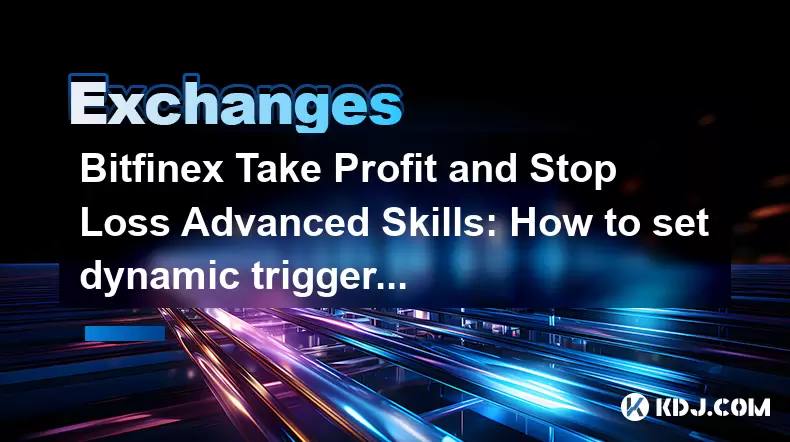
Understanding Bitfinex's Take Profit and Stop Loss Features
Bitfinex, one of the leading cryptocurrency exchanges, offers sophisticated tools for managing trades, including take profit and stop loss orders. These tools are essential for traders looking to automate their trading strategies and manage risk effectively. Take profit orders allow traders to lock in profits by automatically selling an asset when it reaches a certain price, while stop loss orders help limit losses by selling an asset when its price falls to a predetermined level. Understanding how to use these features is crucial for any trader operating on Bitfinex.
Basics of Setting Static Take Profit and Stop Loss Orders
Before diving into dynamic trigger conditions, it's important to understand how to set static take profit and stop loss orders on Bitfinex. To set these orders:
- Navigate to the trading interface on Bitfinex.
- Select the trading pair you are interested in.
- Click on the "Orders" tab.
- Choose the "Take Profit" or "Stop Loss" order type.
- Enter the price at which you want the order to trigger.
- Specify the amount of cryptocurrency you wish to sell.
- Review your order and submit it.
These static orders are straightforward but do not adapt to changing market conditions, which is where dynamic trigger conditions come into play.
Introduction to Dynamic Trigger Conditions
Dynamic trigger conditions allow traders to set more flexible and responsive take profit and stop loss orders. Unlike static orders, dynamic triggers can adjust based on real-time market data, such as price movements, volatility, or other custom indicators. This flexibility can significantly enhance a trader's ability to manage risk and maximize profits in volatile markets.
Setting Dynamic Take Profit Conditions on Bitfinex
To set dynamic take profit conditions on Bitfinex, traders can use the platform's advanced order types and API capabilities. Here’s how to set up a dynamic take profit order:
Using the API: Bitfinex's API allows for the creation of custom scripts that can monitor market conditions and adjust orders accordingly. For example, you can write a script that increases the take profit price if the market trend continues upward.
- First, ensure you have API access enabled on your Bitfinex account.
- Write a script in a programming language like Python or JavaScript that connects to the Bitfinex API.
- Use real-time market data to adjust the take profit price dynamically. For instance, you could set the take profit price to a certain percentage above the current market price.
- Submit the adjusted order through the API.
Using Advanced Order Types: Bitfinex offers advanced order types like trailing stops, which can be used to set dynamic take profit conditions.
- Navigate to the trading interface and select the trading pair.
- Click on the "Orders" tab and choose the "Trailing Stop" order type.
- Set the initial take profit price and the trailing percentage.
- As the market price rises, the take profit price will adjust automatically, allowing you to capture more profit if the trend continues.
Setting Dynamic Stop Loss Conditions on Bitfinex
Similar to take profit orders, dynamic stop loss conditions can be set using Bitfinex's API and advanced order types. Here’s how to set up a dynamic stop loss order:
Using the API: You can write a script that adjusts the stop loss price based on market conditions.
- Ensure API access is enabled on your Bitfinex account.
- Write a script that monitors market volatility or other indicators.
- Adjust the stop loss price dynamically. For example, you could set the stop loss to a certain percentage below the current market price and adjust it as the price moves.
- Submit the adjusted order through the API.
Using Advanced Order Types: Bitfinex's trailing stop orders can also be used for dynamic stop loss conditions.
- Go to the trading interface and select the trading pair.
- Click on the "Orders" tab and choose the "Trailing Stop" order type.
- Set the initial stop loss price and the trailing percentage.
- As the market price falls, the stop loss price will adjust automatically, helping to limit losses if the trend continues downward.
Combining Dynamic Take Profit and Stop Loss for Optimal Trading
For the most effective trading strategy, traders can combine dynamic take profit and stop loss conditions. This approach allows for a comprehensive risk management strategy that adapts to market movements. Here’s how to set up a combined dynamic order:
Using the API: Write a script that monitors both the take profit and stop loss conditions simultaneously.
- Enable API access on your Bitfinex account.
- Write a script that uses real-time data to adjust both the take profit and stop loss prices.
- For example, you could set the take profit to increase as the price rises and the stop loss to decrease as the price falls, but with a buffer to avoid premature triggering.
- Submit the adjusted orders through the API.
Using Advanced Order Types: While Bitfinex does not offer a single order type that combines dynamic take profit and stop loss, you can set multiple orders to achieve the same effect.
- Set a trailing stop order for both take profit and stop loss.
- Adjust the trailing percentages to suit your risk tolerance and trading strategy.
- Monitor the orders and adjust them manually if necessary to ensure they work together effectively.
Monitoring and Adjusting Dynamic Orders
Once dynamic orders are set, it's important to monitor and adjust them as needed. Market conditions can change rapidly, and what was a good strategy at one moment may not be suitable later. Here are some tips for monitoring and adjusting dynamic orders:
- Regularly Review Orders: Check your orders frequently to ensure they are still aligned with your trading strategy and current market conditions.
- Use Alerts: Set up price alerts to notify you when the market reaches certain levels, allowing you to adjust your orders in real-time.
- Adjust Based on Volatility: If market volatility increases, you may need to widen your stop loss and take profit ranges to avoid being stopped out prematurely.
- Backtest Your Strategy: Use historical data to test your dynamic order strategy and make adjustments based on past performance.
Frequently Asked Questions
Q: Can I set multiple dynamic take profit and stop loss orders on Bitfinex?
A: Yes, you can set multiple dynamic orders on Bitfinex. You can use the API to create custom scripts that manage multiple orders simultaneously, or you can set multiple trailing stop orders through the trading interface.
Q: How do I ensure my dynamic orders do not get triggered prematurely?
A: To avoid premature triggering, set a buffer or a wider range for your dynamic orders. For example, you can set your stop loss a bit lower than your desired exit point and your take profit a bit higher. This gives the market more room to move without triggering your orders.
Q: Are there any fees associated with using dynamic orders on Bitfinex?
A: The fees for using dynamic orders on Bitfinex are the same as those for regular orders. However, if you use the API to manage your orders, you may incur additional API usage fees, depending on your subscription plan.
Q: Can I use Bitfinex's mobile app to set dynamic orders?
A: Currently, Bitfinex's mobile app does not support setting dynamic orders directly. You will need to use the desktop version of the platform or the API to set up dynamic take profit and stop loss conditions.
Disclaimer:info@kdj.com
The information provided is not trading advice. kdj.com does not assume any responsibility for any investments made based on the information provided in this article. Cryptocurrencies are highly volatile and it is highly recommended that you invest with caution after thorough research!
If you believe that the content used on this website infringes your copyright, please contact us immediately (info@kdj.com) and we will delete it promptly.
- Ollama Turbo & GPT-OSS: Revolutionizing AI Model Accessibility and Speed
- 2025-08-07 20:29:33
- Bitcoin Ordinals: NFTs Evolving Bitcoin or a Fleeting Fad?
- 2025-08-07 20:29:33
- BlockchainFX, Bitcoin Swift, Crypto Presales: What's the Hype?
- 2025-08-07 19:10:13
- Pepe Dollar (PEPD) vs. SPX6900: The Meme Coin Battle of 2025
- 2025-08-07 19:50:12
- XRP Investment Regret: Are You Missing Out on the Next Big Thing?
- 2025-08-07 19:50:12
- XRPINU: More Than Just a Meme? Roadmap, Liquidity, and the Future of Funny Money
- 2025-08-07 19:56:46
Related knowledge

How to deposit USD on Bitstamp
Aug 07,2025 at 05:18pm
Understanding Bitstamp and USD DepositsBitstamp is one of the longest-standing cryptocurrency exchanges in the industry, offering users the ability to...
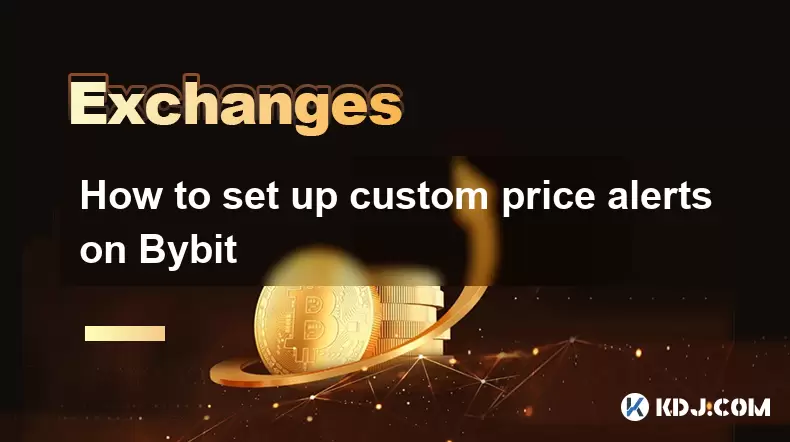
How to set up custom price alerts on Bybit
Aug 07,2025 at 04:31pm
Understanding Price Alerts on BybitPrice alerts on Bybit are essential tools for traders who want to stay informed about significant price movements i...
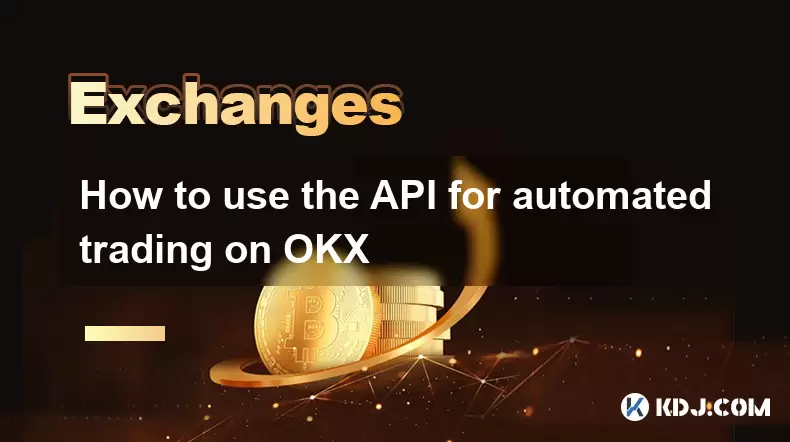
How to use the API for automated trading on OKX
Aug 07,2025 at 05:21pm
Understanding the OKX API for Automated TradingThe OKX API provides a powerful interface for users to automate their trading strategies, access real-t...

How to claim airdropped tokens on Gate.io
Aug 07,2025 at 04:01pm
Understanding Airdropped Tokens on Gate.ioAirdropped tokens are digital assets distributed for free by blockchain projects to promote awareness, incen...
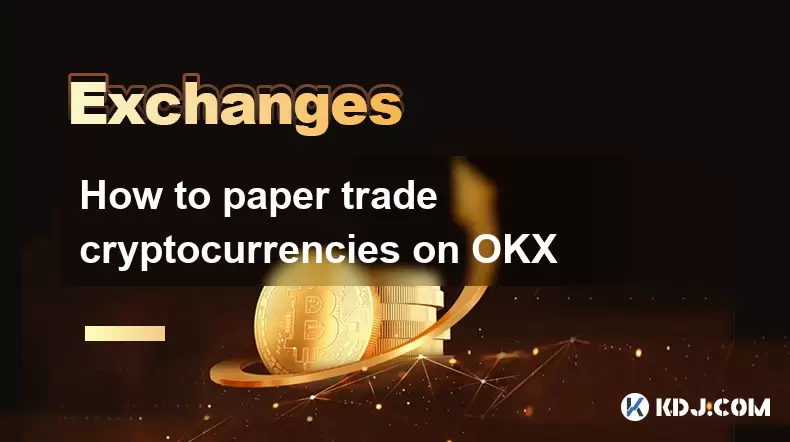
How to paper trade cryptocurrencies on OKX
Aug 07,2025 at 06:01pm
Understanding Paper Trading in the Cryptocurrency ContextPaper trading, also known as simulated or virtual trading, allows users to practice buying an...
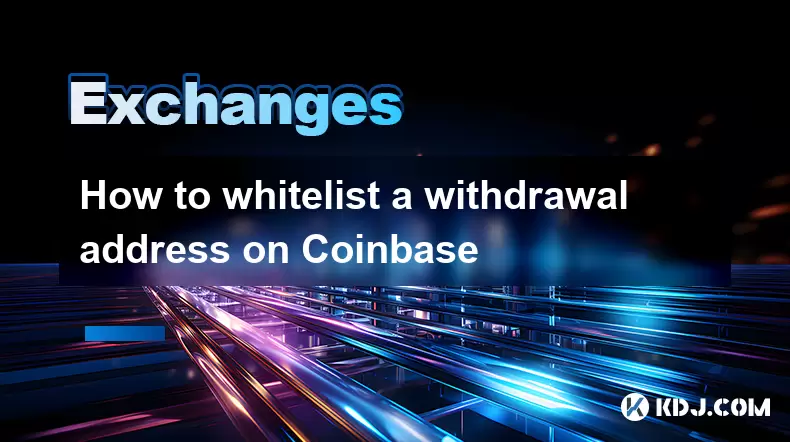
How to whitelist a withdrawal address on Coinbase
Aug 07,2025 at 07:28pm
Understanding Withdrawal Address Whitelisting on CoinbaseWhitelisting a withdrawal address on Coinbase enhances the security of your cryptocurrency ho...

How to deposit USD on Bitstamp
Aug 07,2025 at 05:18pm
Understanding Bitstamp and USD DepositsBitstamp is one of the longest-standing cryptocurrency exchanges in the industry, offering users the ability to...

How to set up custom price alerts on Bybit
Aug 07,2025 at 04:31pm
Understanding Price Alerts on BybitPrice alerts on Bybit are essential tools for traders who want to stay informed about significant price movements i...

How to use the API for automated trading on OKX
Aug 07,2025 at 05:21pm
Understanding the OKX API for Automated TradingThe OKX API provides a powerful interface for users to automate their trading strategies, access real-t...

How to claim airdropped tokens on Gate.io
Aug 07,2025 at 04:01pm
Understanding Airdropped Tokens on Gate.ioAirdropped tokens are digital assets distributed for free by blockchain projects to promote awareness, incen...

How to paper trade cryptocurrencies on OKX
Aug 07,2025 at 06:01pm
Understanding Paper Trading in the Cryptocurrency ContextPaper trading, also known as simulated or virtual trading, allows users to practice buying an...

How to whitelist a withdrawal address on Coinbase
Aug 07,2025 at 07:28pm
Understanding Withdrawal Address Whitelisting on CoinbaseWhitelisting a withdrawal address on Coinbase enhances the security of your cryptocurrency ho...
See all articles

























































































